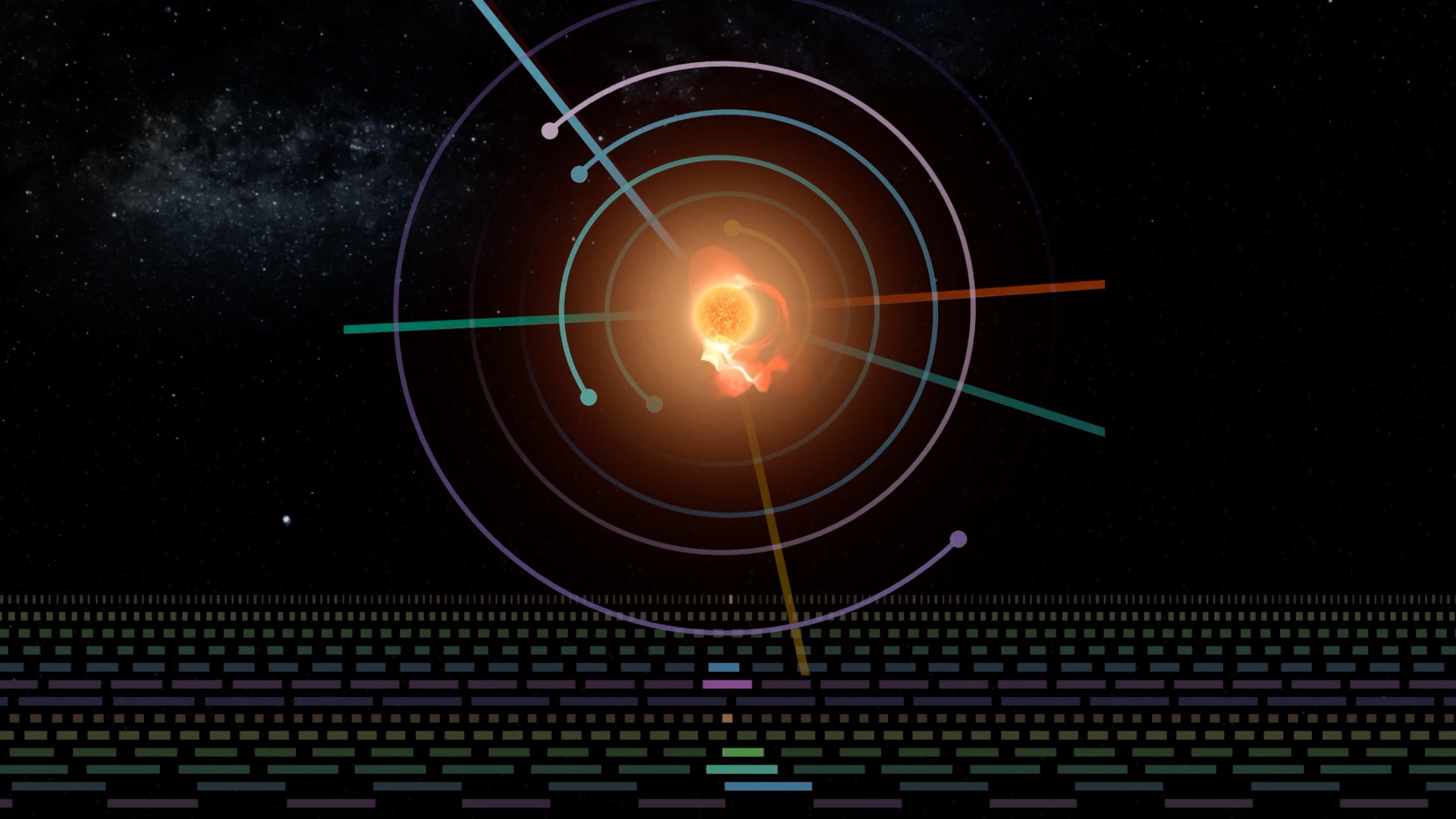Dynamical chaos as a tool for elucidating exoplanetary system architectures
Dan Tamayo (Princeton)
Abstract:
A big surprise in the last decade is the realization that the solar system is only marginally stable. There is a ~1% chance that Mercury will crash into the Sun or into one of the other planets within the remainder of the Sun's main sequence lifetime. Interestingly, exoplanet surveys have revealed that many multi-planet systems are similarly maximally packed, providing an important constraint on how planets form. This also provides an opportunity to constrain physical and orbital parameters that are challenging to measure directly. Orbital integrations with masses or orbits that deviate too far from the true values will destabilize on short timescales; one can thus rule out wide swaths of parameter space on stability considerations alone.
I will present an application of this idea to TRAPPIST-1, what is arguably the most exciting exoplanet discovery to date. TRAPPIST-1, one of the 300 closest stars to us, is host to at least seven Earth-sized planets, several of which are at the right orbital distance to host liquid water. Remarkably all seven planets seem to be locked in a chain of resonances, with important implications for their dynamics. I will then argue that our current approaches relying on direct numerical integrations can not hope to scale up to analyzing the wider exoplanet population. To this end, I will discuss our recent efforts in speeding up this dynamical characterization process by a factor of 1 million using machine learning. This opens a wide discovery space for exoplanet characterization and planet formation studies as the next generation exoplanet detection efforts get underway.
